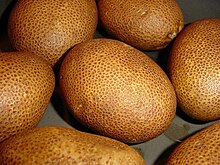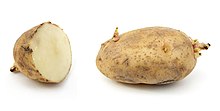acespicoli
Well-known member
When I asked him about the numbering system of Northern Lights #1 through #11, he told me that he made that up just before he sent the seeds to Nevil, along with the name “Northern Lites”, telling me that to him it meant that the plants were grown and bred up North under "lites" and that the spelling got changed by Nevil to the "lights" version after it arrived in the Netherlands.
The numbering system was #1 through #11, with #1 being the most Afghan and “Indica” as they called it back then, and as the varieties became more tropical/equatorial, or “sativa” as the numbers went up. Always honest, Greg said he does not remember all of the particular crosses because he did not make all of them. The Northern Lights seeds that Greg sent to Nevil and became famous was a collection of various crosses that Greg collected from his group of friends on the West Coast over the years that they had been breeding and sharing with one another.
Initially the relationship between Greg and Nevil started off smoothly with Greg gifting the first set of NL seeds to Nevil and then selling him the second set of seeds. Unfortunately, some time in 1986, Greg found out that Nevil had gone behind his back to buy so-called NL seeds from a different guy. That action got Nevil cut off from the true source of Northern Lights seeds, but Nevil just started to knock off the varieties he had and breed them with various other plants.
Greg also reported to me that he had not ever sent Northern Lights #1, the “Purest Indica” that he originally got from Steve Murphy to Nevil, and that instead Nevil “did what he wanted to” with the numbers and changed the history to suit his own narrative. Greg told me at some point he did send a NL#5 cutting to Nevil, but the #2 through #11 initially went to Nevil as seed varieties.
Unfortunately through various busts and “Operation Green Merchant” the original varieties of Northern lights seeds were all but lost, but as fate would have it, one of Greg’s relatives passed away and in an old freezer, his family found a collection of some of his old seeds from the early 80s including; Purest Indica, Northern Lights #2 and #5.
Greg sent me some of those old seeds so that I could do some germination testing and give him feedback on the viability of the genetics after all those years in storage and I was extremely surprised to get decent germination rates and some very vigorous plants. As a collector of old books about cannabis cultivation, I have copies of the Murphy Stevens grow books and I was astounded at the similarity of his photographs of “Purest Indica” to the plants I grew from the “Purest Indica” seed from his relative’s freezer given to me by Greg - they look practically identical.
Greg told me at some point he did send a NL#5 cutting to Nevil,
but the #2 through #11 initially went to Nevil as seed varieties.
Last edited:



















